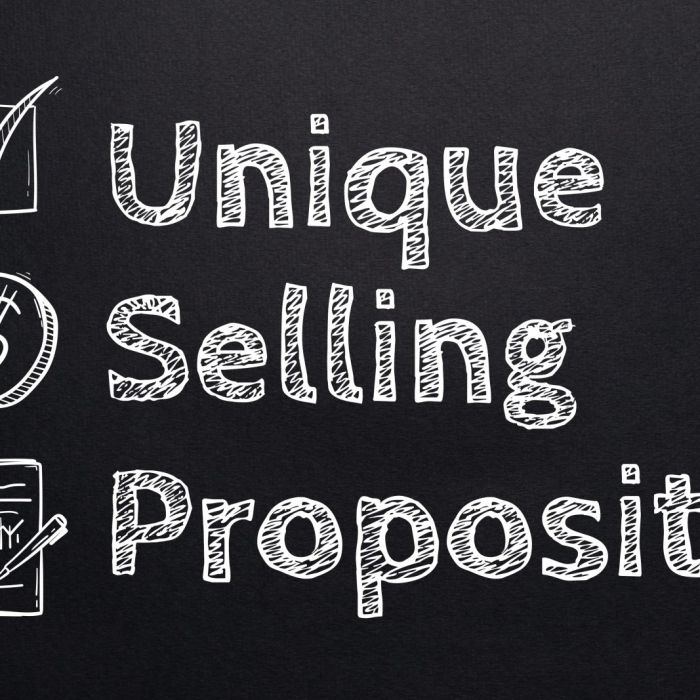When it comes to nailing a sales presentation, there’s one golden rule to keep in mind: Care about what your customer cares about.
This simple yet powerful philosophy has helped Doug Spencer, a serial entrepreneur and the founder/CEO of Bold Xchange, secure around $1 million in venture capital. One of his proudest achievements? Closing funding after just a single conversation.
As Spencer says, “With sales, you’ve got to learn their language, so you can speak directly to what they’re looking for.”
Whether you’re pitching a potential investor, client, or partner, understanding their specific needs—and how your unique offering meets those needs—is the key to sealing the deal.
Table of Contents
- What is a Sales Presentation?
- Best Practices for Preparing Your Sales Presentation
- Crucial Steps for Practicing Your Presentation
- Tips for Delivering Your Sales Presentation
What is a Sales Presentation?
Think of a sales presentation as the ultimate pitching opportunity. It’s your moment to prove that your product or service deserves investment. A successful presentation includes key details about the problem you’re solving, supported by visuals, case studies, and relevant data.
And don’t forget: your value proposition is a must. Be crystal clear about what you’re offering, why you’re the right person to provide it, and how you’ll deliver on your promises.
Best Practices for Preparing a Sales Presentation
- Do Your Research
Sure, internet “stalking” might sound a bit sinister, but thorough research is absolutely essential when preparing for your sales pitch.
“The research phase is crucial,” says Spencer, “because that’s how the customer will know you understand them.” It’s not just about learning the ins and outs of their business—it’s also about understanding the industry, market trends, and competitors.
As Erica Franklin, founder of EVF Consulting, advises: “Learn about current trends, news, and competitors to show your potential client that you’re well-versed in their world.”
- Tell a Story
“Storytelling wins,” Franklin says. People may forget facts, but they remember stories—63% of people, in fact.
One of the most powerful ways to tell a story is by incorporating case studies and real-world examples, especially those showcasing your product in action.
“I love seeing companies that use their own products to demonstrate success,” says Franklin. “It makes the presentation more relatable and real.”
Franklin herself landed a repeat client by turning hesitation into excitement through storytelling. By showcasing future growth and the benefits of continued collaboration, she not only renewed the partnership but expanded it.
- Do It Yourself (If You Can)
If you’re on a tight budget, don’t outsource your presentation creation. By crafting it yourself, you’ll become more connected to the product you’re selling. Plus, it helps you understand exactly what you’re presenting.
Free tools like Canva, Google Slides, and PowerPoint provide customizable templates to make the process easier. And AI-powered platforms like Gamma can help with formatting and design.
- Keep Text to a Minimum
Did you know 40% of people prefer visual forms of communication? Charts, graphics, and videos are far more effective than dense blocks of text.
“Text-heavy slides can become a crutch,” says Spencer. “The more people read, the less they listen.”
Another benefit? Fewer words mean a shorter presentation—Franklin recommends a 20-30 minute presentation with a few minutes left for discussion.
- Eliminate the Unnecessary
Each slide should communicate just one point. “Think of each slide like a chapter in a book,” Spencer suggests. “If it doesn’t add to the story, leave it out.”
If certain information must stay, add it as an appendix or reference point, but don’t clutter the narrative.
Essential Steps for Practicing Your Presentation
- Practice Makes Perfect
The more you practice, the more nuances you’ll discover, making your presentation smoother and more engaging.
Rehearsing also helps you handle unexpected questions or curveballs with ease. The more confident you are in your material, the less you’ll rely on a script, which makes for a more natural and engaging presentation.
- Practice with a Non-Expert
When you’re deeply familiar with your product, it’s easy to forget that your audience might not be. Practice on someone unfamiliar with the topic to ensure your pitch is clear and accessible.
Spencer advises: “Always assume your audience doesn’t have the same level of knowledge you do.”
Tips for Delivering Your Sales Presentation
- Make It a Conversation
A sales presentation doesn’t need to feel like a dry lecture. Your customer wants to be engaged and feel like part of the conversation.
“Sales presentations have become more conversational, less scripted, and more focused on building trust,” says Franklin. “It’s about having a real discussion about what’s happening and what’s needed for success.”
Using collaborative words like “us,” “we,” and “our” helps build that trust and make the conversation feel more like a partnership.
- Let the Customer Speak
Engagement goes both ways. Encourage your client to contribute their thoughts, ask questions, and share their insights. This interaction allows you to address concerns and clarify key points.
Try asking open-ended questions like, “What does success look like for you?” or “What challenges are you facing with current solutions?” These questions help you tailor your pitch to their unique situation.
- Provide a Copy of Your Deck
While your presentation should be clear, giving your client a copy of the slides provides a helpful reference for later.
“Follow-up emails with your deck can be invaluable,” says Franklin. “It gives your contact something concrete to help them advocate for you internally.”
- Wrap Up with Clear Next Steps and Numbers
Make sure the client knows exactly what you’re asking for and what the next steps are. Be confident in the numbers you present, and avoid negotiating against yourself.
Remember, even if you hear a “no,” it doesn’t necessarily mean a permanent “no.” As Franklin points out, “Sometimes a no means ‘not now,’ but if you build a long-term relationship, you could eventually close the deal.”
Ready to Present?
While sales presentations aren’t always the most exciting part of the job, the best salespeople know that when done right, they’re a powerful tool for success.
After speaking with experts and reviewing their strategies, one thing is clear: practice is key. It might not prepare you for every curveball, but it will make you confident and ready for most situations. When you know your stuff inside and out, you’ll step into your presentation with confidence—ready to close the deal.




